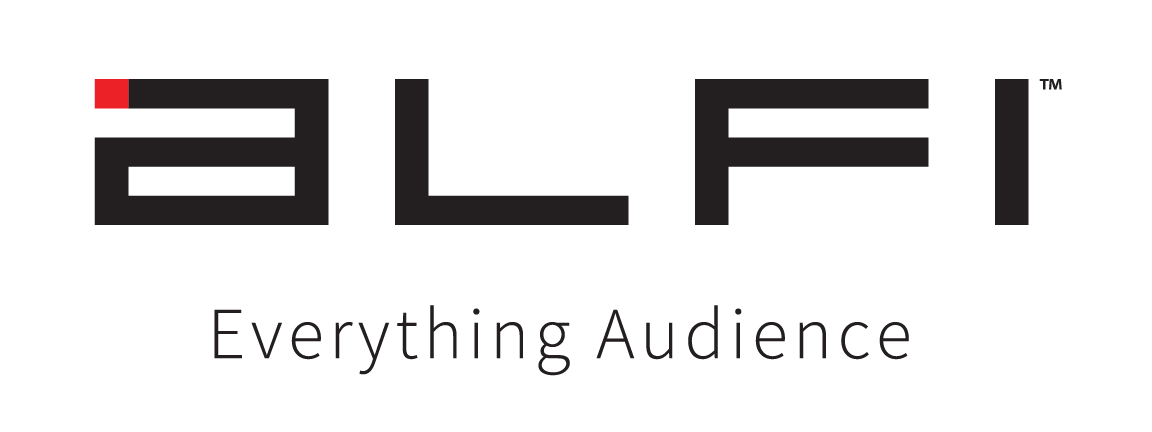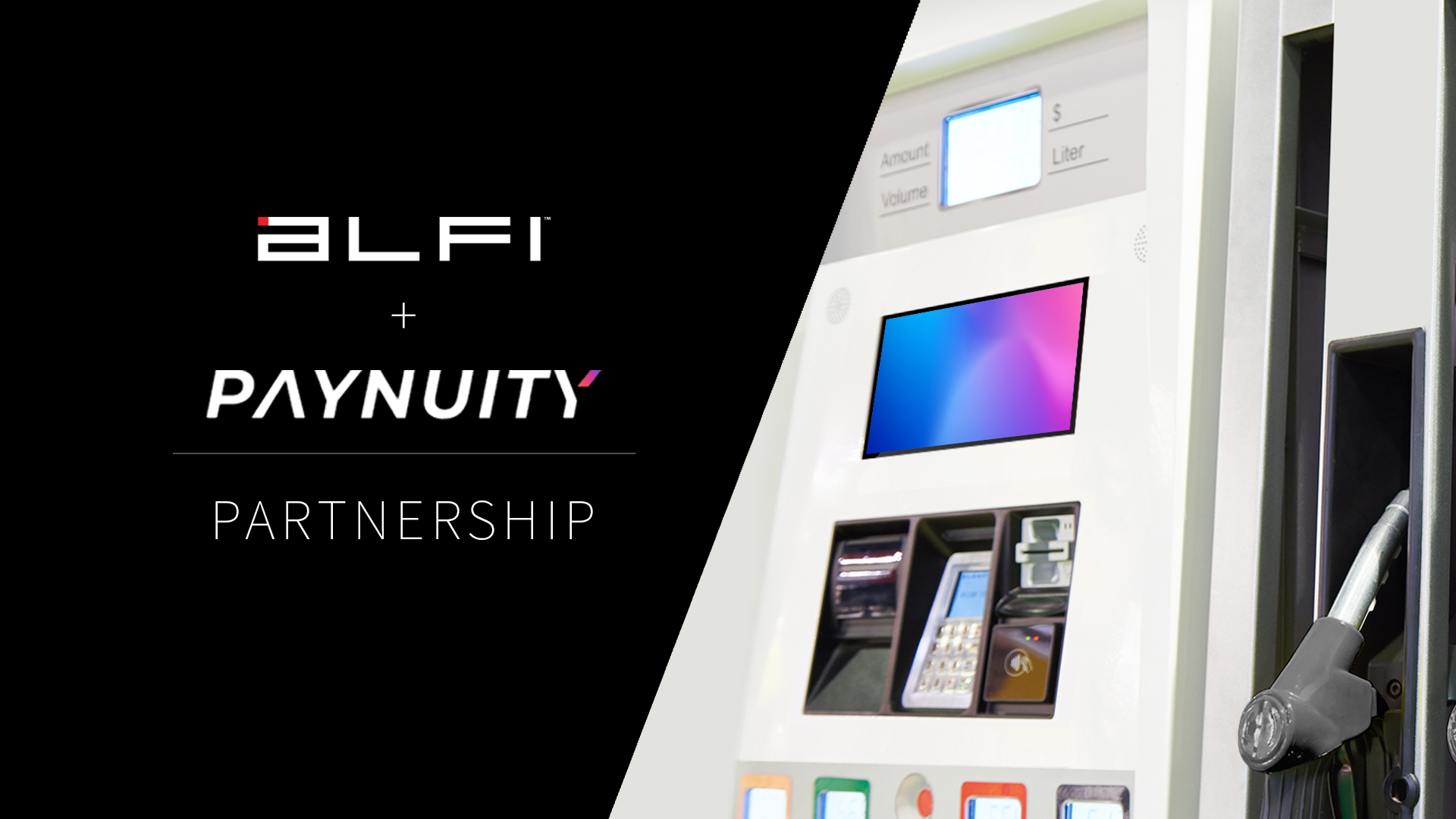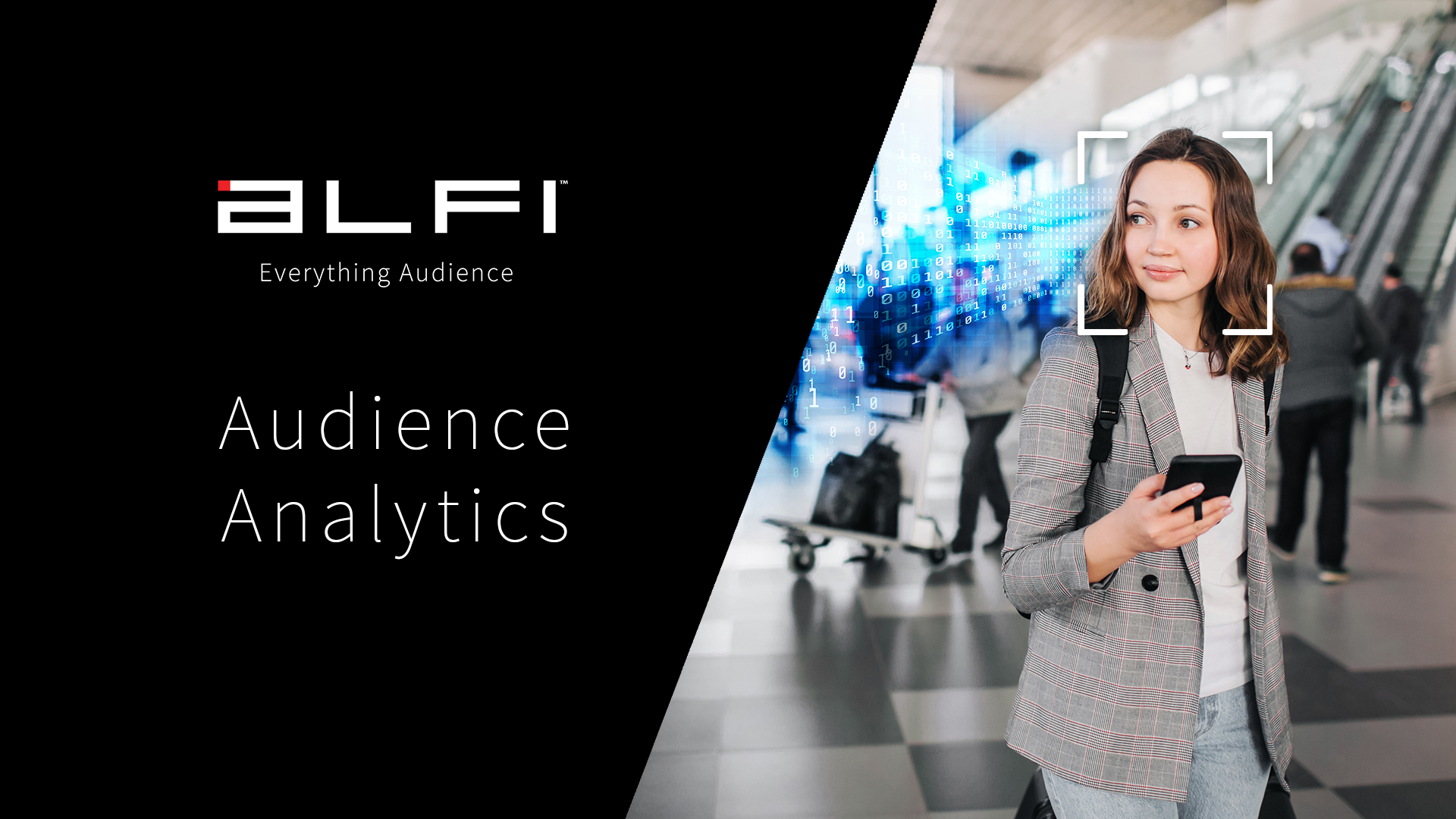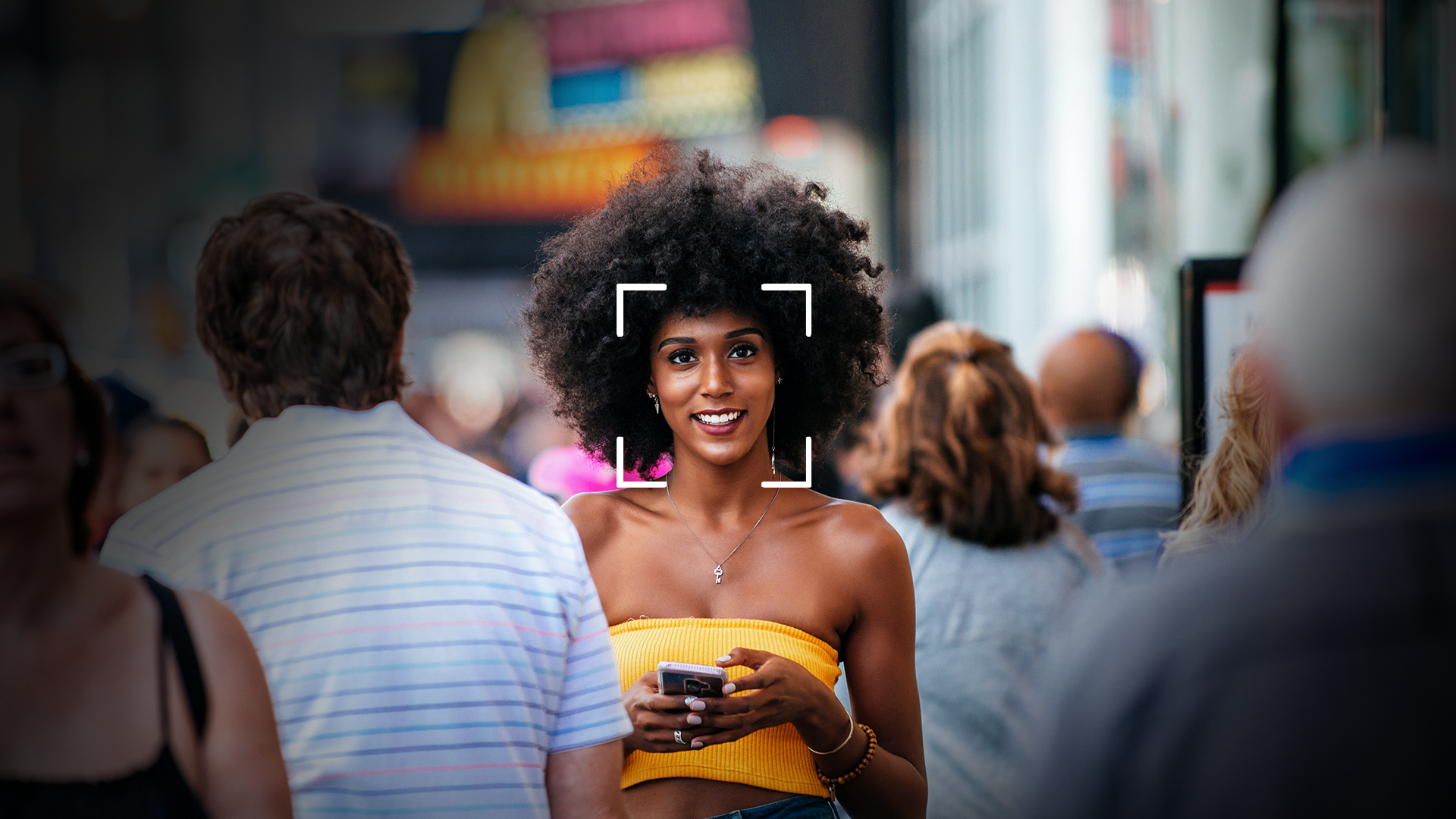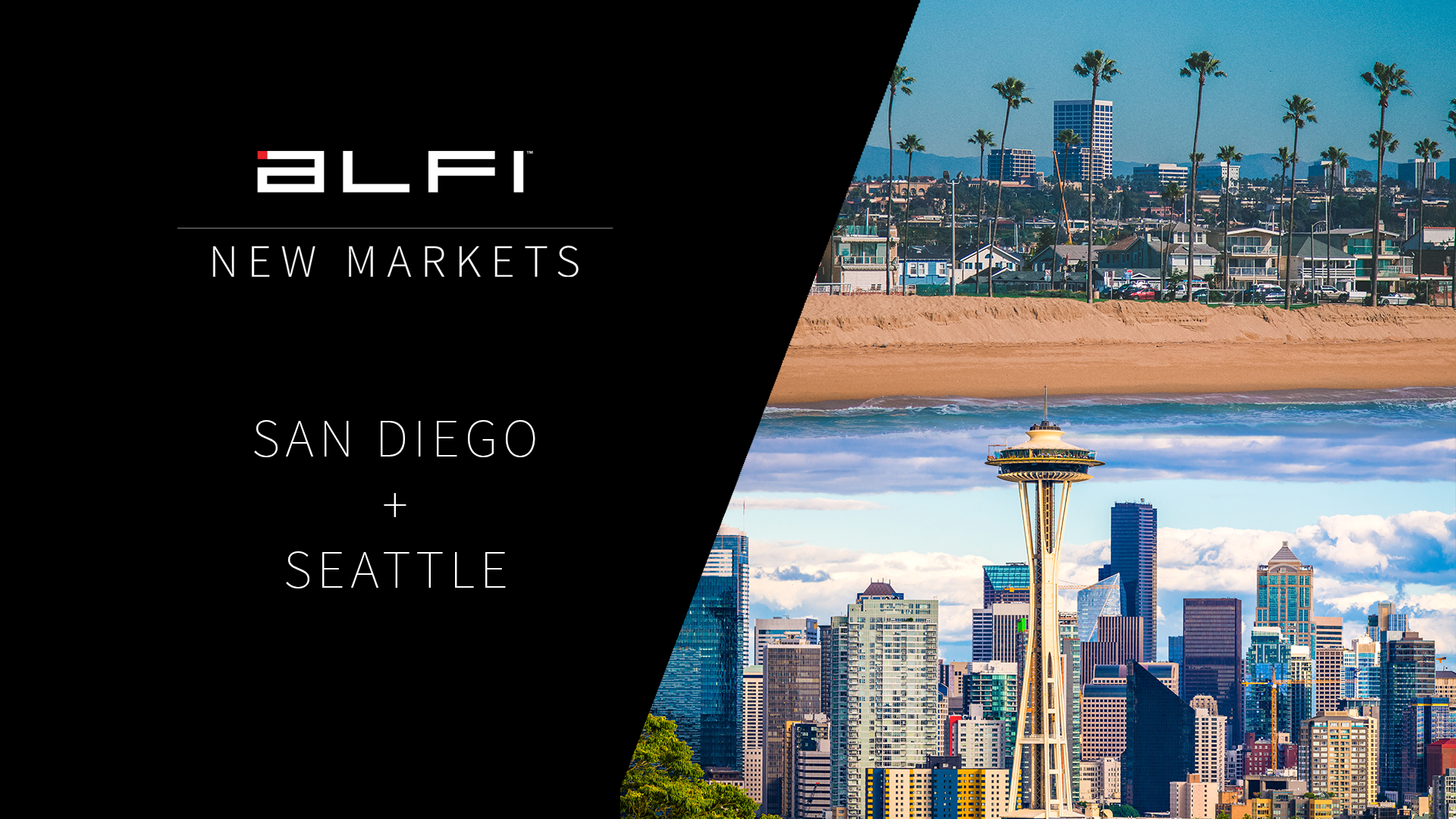With the rise in vaccine rates and restrictions easing up, people are venturing back out into the world again. As consumers travel to and from work, run errands, socialize and explore spaces beyond their homes and grocery stores, the opportunity to connect with people is only growing.
This is where out-of-home (OOH) advertising offers the perfect solutions for improving brand validation, building connections with potential customers, offering targeting by demographic and geography, gaining real-time insight into ad campaigns, and providing an enhanced user experience.
In fact, OOH reaches the most attractive audiences for advertisers. Consumers most influenced by OOH fall in the age range of 18-49. They tend to be high-earning, tech-savvy, and mobile users who spend 6-9+ hours per week commuting.
Before we dive into some of the most effective out-of-home media formats currently available, let’s go over why OOH and DOOH have become such staples of the advertising world.
Why choose out-of-home and digital out-of-home media for your advertising?
Beyond the fact that people tend to congregate where others do, outdoor advertising and out-of-home have proven consistently that they deliver results and effective brand messaging. OOH allows you to reach customers where they live, travel, spend time, and socialize.
Even throughout the COVID-19 pandemic, OOH and DOOH have managed to recuperate any losses and remain steadily effective. Plus, digital tech provided contactless solutions for businesses trying to quickly shift with COVID-related trends.
Now that the economy is headed back to where it was prior to the global pandemic, out-of-home ad revenue increased 38% in Q2 of 2021 when compared to the previous year. Digital out-of-home has continued to lead the way with its segment increasing nearly 80% since Q2 of 2020, according to the OAAA.
Simply put, OOH and DOOH advertising offer scalable solutions that can be updated quickly, provide precise and responsive data from viewers in real-time, and yield immersive experiences that allow the right audience to connect with the right brand solution in the right location.
Scalability allows brands to run the kinds of campaigns that suit their needs. Want to feature one local ad to gauge interest in a particular neighborhood? Or perhaps you want to run a countywide campaign to create buzz for a new restaurant opening? You can do either with out-of-home.
This flexibility also makes OOH advertising more affordable. Plus, hyper-targeting allows brands to get the most value for their money. Modern technology, mobile integration, and contextual targeting combine to deliver advertising at its finest. For more on how DOOH has transformed advertising, read the full article.
Major OOH Media Formats
While there are myriad spaces available for OOH advertising, out-of-home media can be broken down into several main areas:
- Billboard Advertising
- Transit Advertising
- Place-Based OOH
Each of these offers a range of options for ad placement. Depending on your campaign and advertising needs, some different locations, formats, and spaces will offer a better fit for your brand. And according to OAAA, when you combine your digital marketing with out-of-home media, there is a 316% increase in reach.
Billboard Advertising
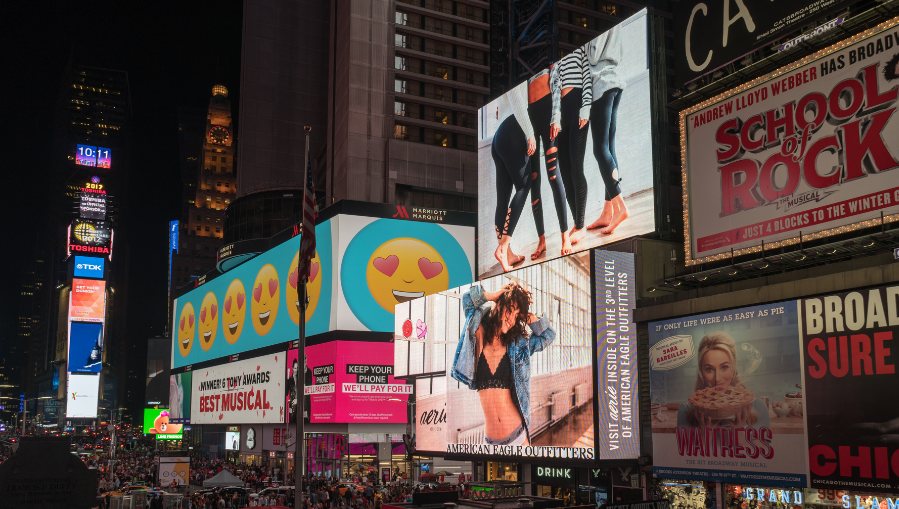
Billboards – both print and digital forms – have continued to be an incredibly effective form of advertising. They have the ability to deliver impactful, memorable advertising to a wide audience on a repeated basis – think about commuters seeing the same food ad daily as they drive on the way home from work – in ways that engage viewers without invading their privacy.
Both physical and digital billboards have their advantages. Physical billboards deliver 24/7 messaging typically for an extended, four-week period. This translates into greater brand validation, engagement, and exposure.
Digital billboards are quick to update and often less expensive – since it involves sharing the digital spaces with alternating ads – but can be far more interactive and visually appealing with modern graphics and tech features.
Digital content can be connected seamlessly to social media feeds, updated in an instant to reflect new trends, and can be enhanced with built-in video, carousels, or slideshows highlighting products and services better than a stationary billboard can. Additionally, digital content can be dynamically updated to reflect local events, weather conditions, traffic patterns, and more.
Brands can target digital OOH ads by market, neighborhood, and demographic, allowing them to accurately target the audience they need to reach at the right time.
Bulletins
The grandest and most widely known type of billboard advertising – and potentially the most impactful – is the bulletin. Typically, bulletins stand out as they are located on expressways and over major roadways, front and center for drivers as they sit in traffic commuting to work, frequent tourist attractions, or simply run errands.
Traffic provides the opportunity for roadside bulletins to reach a mixed audience of locals and visitors alike. These billboards typically run for extended periods of time – up to 12 weeks – and feature add-on customizations including embellishments and extensions above the allocated space.
Posters
Posters are a less expensive option when compared to bulletins or wall murals. Often known as 30 sheets, these medium-sized display spaces provide the perfect option for brands working with a smaller budget who still want to connect with audiences within a medium reach.
Similar to bulletins, posters can land a strong visual impact with a decently sized ad space. Posters can be incredibly effective for brands wanting short-term, high-frequency campaigns that deliver consistent messaging over a 4-week period.
Junior Posters
These smaller board display spaces are often located closer to viewers’ line of sight for even more visibility. Junior posters are often displayed in smaller neighborhoods with more niche, local demographics. For smaller and shorter, four-week campaigns, these can be ideal, as they are often situated in areas that are densely populated and nearer to points of sale.
Wall Murals and Wallscapes
Wall murals, or wallscapes, deliver powerful outdoor advertising via the wall of a building or structure. Ads spanning part or the entirety of a wall create a sweeping scape with content that has the potential to go viral. These towering ads draw the interest of passersby, often delivering greater height than even billboards.
Wallscapes provide a more unconventional space for advertisers to play with. Plus, these wallscapes are often in key locations that tie into city streets, reaching a broader target audience unavailable in other forms of advertising.
Transit Advertising
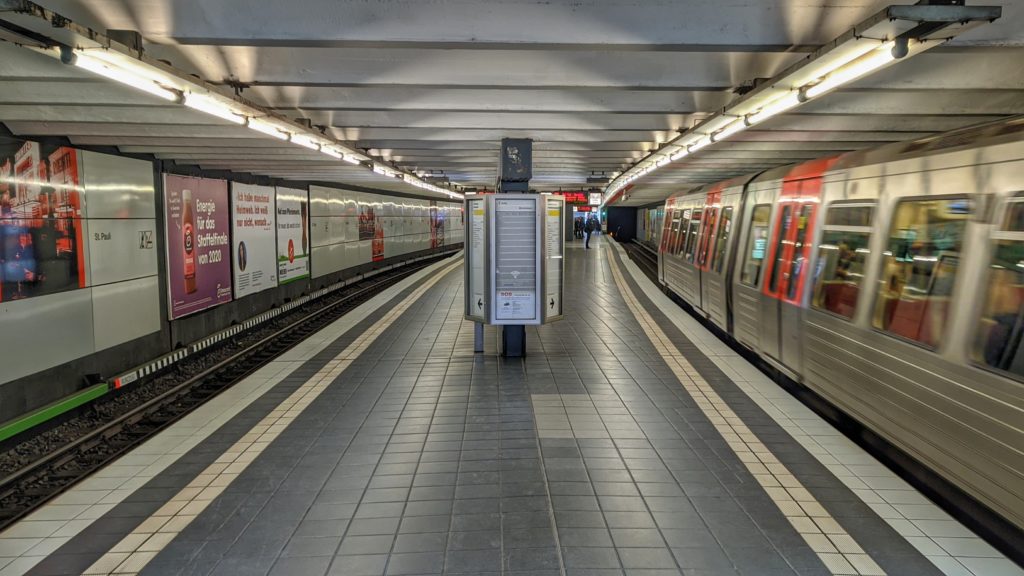
With the ability to seamlessly connect to mobile advertising, transit OOH advertising allows brands to deliver a personalized user experience with vastly improved targeting.
Using powerful DOOH solutions available from AdTech companies like Alfi, brands can engage consumers dynamically based on location, time of day, weather, and more. This allows advertisers to run ads when and where their target audience is likely to see them.
Airports
Airports offer powerful exposure, which is why the cost of airport transit ad spaces can be quite pricey. Available ad spaces to showcase content include terminals, baggage claims, spectaculars, digital displays, airport banners, and more. Companies can provide solutions to common problems for travelers, commuters, and guests who frequent airport terminals and baggage claims.
Buses
Another effective OOH solution is running campaigns that move via bus. Bus ads offer essentially mobile billboards that advertise your brand’s content everywhere that vehicle travels.
With ads at eye level, buses provided maximum exposure to everyone around, including nearby drivers, pedestrians, and travelers. As these vehicles are constantly on the move, they deliver maximum brand exposure to everyone in nearby cars, sidewalks, and buildings. Beyond exterior branding options, interior media spaces deliver much-welcome distractions for riders as they sit inside.
Rail, Train, and Subway
Brands that advertise on the train, rail, or subway have the opportunity to connect with both commuters and visitors alike. The benefit of transit ads on trains, rails, and subways is that they offer interior and exterior branding opportunities. Those boarding the vehicles, onlookers, and nearby travelers get clear vantage points of the exterior.
And for those traveling long distances for longer periods of time, interior ad spaces provide reading material and create distractions. Give them something to pass the time while they travel.
Street Furniture
A great way to drive more street traffic and build more brand recognition is to utilize street furniture advertising. Street furniture sits in places where people travel every day. What a tremendous opportunity to reach potential customers by targeting the local areas and demographics that connect with your brand.
Locally, street furniture can easily solve challenges, pushing consumers to view a website or visit a nearby store.
Bus Shelters
Available typically in four-week periods, transit and bus shelter ads are smaller, powerful ad spaces that reach commuters and drivers passing or traveling near these spots within the local neighborhood or community. They maintain high exposure throughout the day and night. They are often positioned near high-traffic areas like sporting arenas, entertainment venues, business districts, retail areas, and social hangouts.
Urban Street Furniture
Along the same lines as transit and bus shelters, urban street furniture offers the perfect ad solutions for daily travelers. Imagine the convenience of food ads beckoning to commuters as they sit hungry on their way home from work. With digital options, dynamic content can change with local events, weather changes, and more.
Nearby rain can trigger ad content related to a new umbrella brand, for example. Ads can be timed to display during lunch, happy hour, and dinner when restaurants are most likely to connect with eager guests.
Urban street furniture includes bus benches, news racks, newsstands, phone kiosks, and urban panels. OOH and DOOH ads can provide ideal solutions for consumers as they move from one location to the next.
Rideshare Advertising
Rideshare advertising is a form of digital OOH advertising that displays ads inside or outside of rideshare vehicles. These highly relevant ads can even provide solutions for problems that passengers might have.
Advertisers and brands love rideshare advertising as it gives the perfect opportunity to capture a rider’s full attention as they drive by or sit in the back of a rideshare vehicle. The average Uber ride lasts 5.41 miles, leaving brands with ample time to engage passengers and connect them to relevant products and services. For more on cartop and rideshare advertising, explore the full article here.
Taxis
Taxis provide a unique, mobile opportunity to capture the attention of riders and passersby. As such, there are a variety of ad space options available for brands and advertisers. Ad spaces include the cartop, taxi trunk, 30 Spot, 60 Spot, or full wrap. One of the main benefits of taxis is that they are used by both travelers and locals alike.
Place-Based OOH
As its name reveals, place-based OOH advertising is defined as advertising that’s highlighted based on the location of its ad spaces, relative to nearby contextual locations where specific audiences might spend time.
Place-based OOH ad spaces can include:
- Office buildings
- Shopping malls
- Restaurants, nightclubs, and bars
- Fitness centers and gyms
- University and college campuses
- Arenas and sports stadiums
- Military bases
- Parking garages
- Convenience stores
- And more
For brands that rely on dwell time, place-based OOH ads offer more of an opportunity for viewers to connect with their content. A company marketing health foods might seek ad placement in place-based OOH ad spaces at local gyms, grocery stores, and other locations where a health-focused audience might frequent.
When nearer to points of sale, consumers are more likely to convert.
Growth of out-of-home advertising to continue
With all of the attractive options available for out-of-home advertising, it’s easy to see why brands and advertisers continue to invest in OOH and DOOH solutions.
In fact, global ad executives expect ad spending to continue to increase over the next few years.
According to global research commissioned by Alfi, nearly two out of three (65%) advertising executives predict the value of the DOOH market will be between $50 billion and $55 billion by 2026, while 30% think it will surpass even those figures.
As more scalable, affordable, and effective DOOH solutions become available, companies will continue to invest so they can continue to connect with potential consumers. OOH and DOOH advertising show no signs of stopping.
Want to learn more about cutting-edge OOH ad solutions that can be scaled to suit the needs of your brand?
Drop us a line and our team will get in touch with you!
